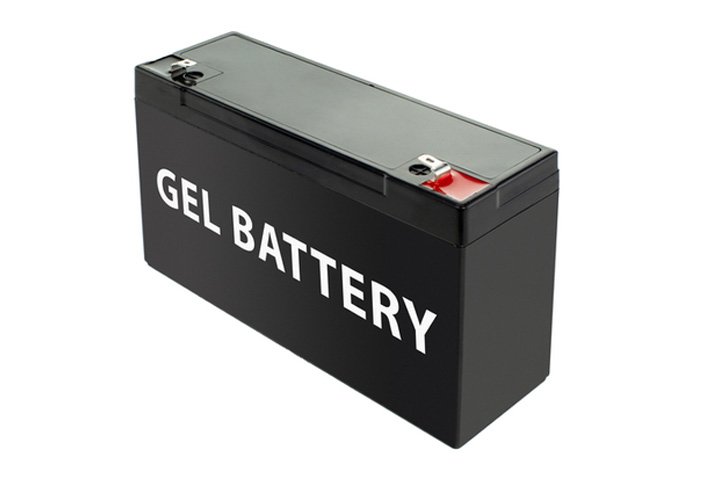Can you use rechargeable batteries in solar lights?
1. Rechargeable batteries for solar lights: Lithium-ion Batteries
Advantages
- High charge and discharge efficiency, reaching up to 99.25%.
- Excellent low-temperature performance, maintaining efficiency in cold environments.
- Environmentally friendly, containing no heavy metals and compliant with RoHS regulations.
- Long lifespan, generally over 5 years.
- Ideal for high-performance applications such as large solar street lights and outdoor lighting systems.
Disadvantages
- Higher cost compared to other battery types.
- Requires a complex battery management system (BMS) for safety and performance.

2. Solar rechargeable batteries: Second-life Lithium Batteries
Advantages
- Cost-effective, utilizing retired batteries to lower expenses.
- Stable performance with high charge and discharge efficiency.
- Suitable for high-performance solar light systems.
Disadvantages
- Requires professional testing and reconfiguration.
- Battery consistency and lifespan may vary due to individual differences.

3. Replacement batteries for solar lights: Gel Batteries
Advantages
- Minimal risk of electrolyte leakage, ensuring high safety.
- Better performance under extreme temperatures compared to traditional lead-acid batteries.
- Long lifespan, typically ranging from 3 to 5 years.
Disadvantages
- Lower charge and discharge efficiency than lithium-ion batteries.
- Cost is between lead-acid and lithium-ion batteries.

4. Nickel-Metal Hydride (NiMH) Batteries
Advantages
- Cost-effective and easy to maintain.
- High safety with low risk of overheating and explosions.
- Suitable for small solar landscape lights.
Disadvantages
- Lower charge and discharge efficiency.
- Shorter lifespan, generally between 2 to 5 years.
- Larger size, which may not fit in space-constrained applications.

5. Rechargeable solar batteries: Lead-Acid Batteries
Advantages
- Lowest cost, ideal for budget-sensitive applications.
- Mature technology; easy to source and maintain.
Disadvantages
- Low charge and discharge efficiency, at only 94.44%.
- Short lifespan, typically between 2 to 3 years.
- Heavy weight, unsuitable for portable uses.
- Poor environmental adaptability and low eco-friendliness due to heavy metals.

Priority Recommendations by Application
For Large Solar Street Lights and Outdoor Lighting Systems
First Choice: Lithium-ion batteries
Second Choice: Second-life lithium batteries
Backup Option: Gel batteries
For Medium and Small Solar Landscape Lights
First Choice: Nickel-Metal Hydride batteries
Second Choice: Gel batteries
Backup Option: Lead-acid batteries
For Cost-sensitive Applications
First Choice: Lead-acid batteries
Second Choice: Nickel-Metal Hydride batteries
Backup Option: Gel batteries
Related must-read articles
Step-by-Step Guide to Designing Efficient Solar Street Light Systems